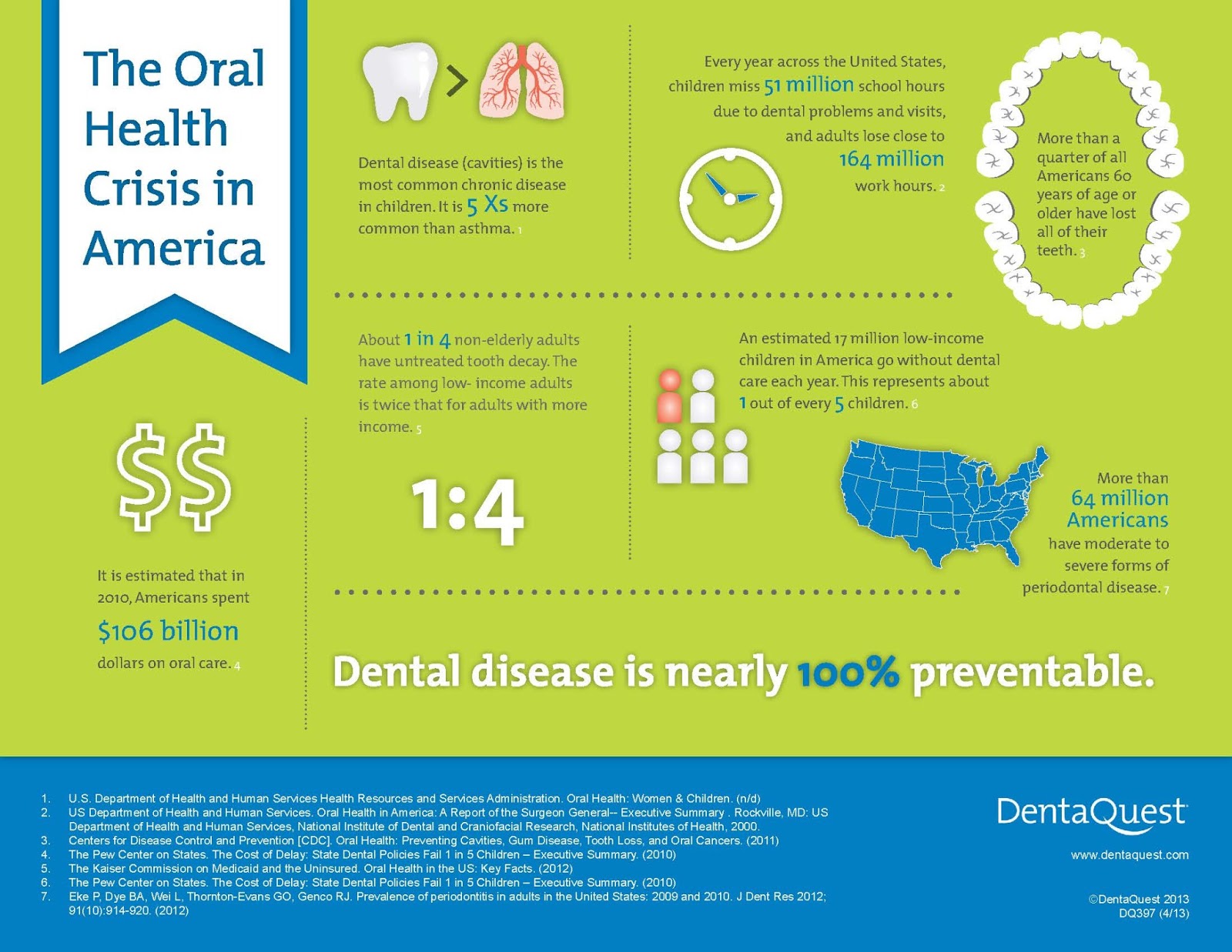Invisalign Versus Conventional Braces: A Considerable Evaluation
Invisalign Versus Conventional Braces: A Considerable Evaluation
Blog Article
Web Content Develop By-McNeil Vargas
When faced with the choice between Invisalign and standard dental braces, you might wonder which choice lines up better with your way of living and preferences. The choice entails more than just the visual charm; it delves into elements like treatment duration, convenience, and long-term dental wellness effects. Take into consideration the impact each option might carry your daily regimen and self-confidence. As we explore the comprehensive comparison, you'll gain insights into the nuances that make these orthodontic therapies distinct and uncover which one may be the far better fit for you.
Materials and Construction
When contrasting Invisalign to traditional braces, the materials and building differ considerably. Invisalign contains clear, smooth plastic aligners personalized to fit your teeth. These aligners are virtually unnoticeable, making them a preferred option for those looking for a much more very discreet orthodontic treatment.
On the other hand, conventional dental braces involve metal braces that are glued to your teeth. These braces are then attached by cords and rubber bands, applying stress to gradually shift your teeth into the desired position.
The building of Invisalign aligners permits an extra comfy fit compared to typical braces. The smooth plastic product lowers irritation to your cheeks and gum tissues, which is an usual issue with metal braces and cords. Additionally, Invisalign aligners are removable, making it less complicated to brush and floss your teeth without any blockages.
In contrast, conventional dental braces are dealt with onto your teeth, calling for extra treatment and time for proper upkeep.
Maintenance and Oral Hygiene
The maintenance and dental health techniques differ between Invisalign and conventional braces as a result of their unique layout and building.
With Invisalign, you can remove the aligners when eating or brushing your teeth, enabling you to preserve your regular oral hygiene routine without any blockages. It's crucial to comb your teeth after consuming before putting the aligners back on to protect against food fragments from getting caught and creating decay.
On the other hand, conventional dental braces call for additional interest to keep your teeth tidy. Food fragments can conveniently get embeded the braces and cables, leading to plaque buildup and possible dental caries. You'll need to make use of special tools like interdental brushes or floss threaders to tidy between the cables and braces effectively.
Routine dental check-ups and cleansings are vital to make certain that your oral hygiene remains in top condition while wearing conventional braces.
Exposure and Appearance
Visibility and looks play a significant duty in the contrast in between Invisalign and traditional braces. When it comes to look, Invisalign provides a clear advantage over conventional dental braces. Invisalign aligners are basically unseen, making them a popular choice for those that like an extra very discreet orthodontic treatment option.
Unlike the recognizable steel braces and wires of traditional dental braces, Invisalign aligners are clear and blend in with your natural teeth, allowing you to smile confidently throughout your treatment.
Standard dental braces, on the other hand, are a lot more obvious because of their steel elements. While some may opt for colorful bands to personalize their dental braces, others could feel uncomfortable concerning the visibility of these orthodontic home appliances. The popular look of conventional braces can occasionally affect a person's self-worth, especially for adults in specialist setups.
does my child need a pediatric dentist
In conclusion, when picking between Invisalign and traditional braces, consider your lifestyle and choices. Invisalign provides a very discreet and comfortable alternative with very easy upkeep, while standard dental braces provide colorful modification but may influence self-confidence.
Ultimately, the decision needs to be based on what works best for you in regards to appearances, convenience, and comfort. See to recommended to talk to your orthodontist to figure out the most ideal therapy for your specific requirements.
